|
Me Sahyadri |
|
October2016 |
|
Volume 3, number 15 |
|
|
Please use minimum 1280 pixel horizontal screen resolution for viewing. Please be patient while all the images in webpage are loaded. Please do not use the images for any commercial use without permission. Text in Marathi and English is not exact translation. Please give sufficient time to allow the photographs to load. Special thanks to all those who helped me during the compilation and for the help and guidance during the activity. |
|
|
|
|
देशाची आर्थिक प्रगती व्हावी असे सर्व नागरिकांना वाटणे सहाजिक आहे. अर्थकारणामुळे मिळणारा रोजगार, समृद्धी यासाठी सर्वांनाच आर्थिक प्रगती हवी हवीशी वाटते. आर्थिक प्रगती होताना, त्याचा दिर्घकाळात समाजावर, निसर्गावर, वातावरणावर दुष्परिणाम होणार नाही याची काळजी घेणे महत्वाचे आहे. मनुष्याच्या भावी पिढ्यांना पाणी, शुद्ध हवा, योग्य वातावरण मिळत रहावे अशी भावना मनात रुजणे महत्वाचे आहे. वाढत्या आर्थिक प्रगतीमुळे नैसर्गिक संपदेवर ताण येतो. प्रगतीसाठी प्रदुषण होते. जंगले, माळराने, व इतर अधिवास नष्ट होतात. वसुंधरेवर रहाणाऱ्या इतर जीवांचा मात्र मनुष्य फारसा विचार करत नाही. आर्थिक प्रगती करताना, मनुष्य निसर्गाची हानी करत आहे. मुळताच माणसाला निसर्गाचे महत्व समजणे हे सध्याच्या आपल्या प्रगत जीवनशैली मुळे अवघड झाले आहे. आर्थिक प्रगती, समाजाची प्रगती व निसर्ग संपदेची निगा, यांचा समतोल राखणे काळाची गरज आहे.
सह्याद्री (पश्चिम घाट) हा एक नैसर्गिक संपदेचा, वैविध्यतेचा, भौगोलिक व ऐतिहासिक ठेवा आहे. वाढत्या मानवी अतिक्रमणाचा, सह्याद्रीच्या विविध घटकांवर होणारा दुष्परिणाम भविष्यात आपल्यालाच धोका निर्माण करेल, यात शंका नाही. शुद्ध पाणी, हवा व उर्जा, भावी पिढीला मिळण्यासाठी, नंद्यांचे उगम असलेला सह्याद्री व त्याभागातील जंगले टिकवणे महत्वाचे आहे. सह्याद्रीच्या महत्वाच्या घटकांचे महत्व छायाचित्रांद्वारे प्रकट करण्याचा मी येथे प्रयत्न केला आहे. येथील पक्षी, प्राणी, वनस्पती, अधिवास, किल्ले व लेणी अशा विविध विषयांबद्दल आपण समजुन घेऊ.
|
|
As the economic development has taken the center stage, the balance between the environmental sustenance and socio economic development will be under the scanner. As most experts with balanced views have proclaimed, Indian wildlife and ecological system sustenance will be under threat, unless precautions are taken with the help of appropriate research and long term national interests. As we encounter the economic development, many habitats which indirectly or directly help sustainable development will be damaged. The awareness to gauge the success by sustainable development and not by year to year growth is a distant dream any environmentalist will assume in current scenario.
Western ghats, or Sahyadri as we all call it as, is a treasure trove of spectacular landscapes, biodiversity, flora, fauna, some amazing geological wonders and man made monuments. With the increasing pressure from human encroachment, all these elements are under stress and in turn are under depletion. Western ghats should be left untouched by human beings, to protect their future generations from getting short of resources, such as water, energy and clean air. The important elements of western ghats, which need protection are highlighted in the new version of Photo journal, Me Sahyadri Magazine. The current issue has few photographs of Nira river from the north Western Ghats.
|
|
|
| |
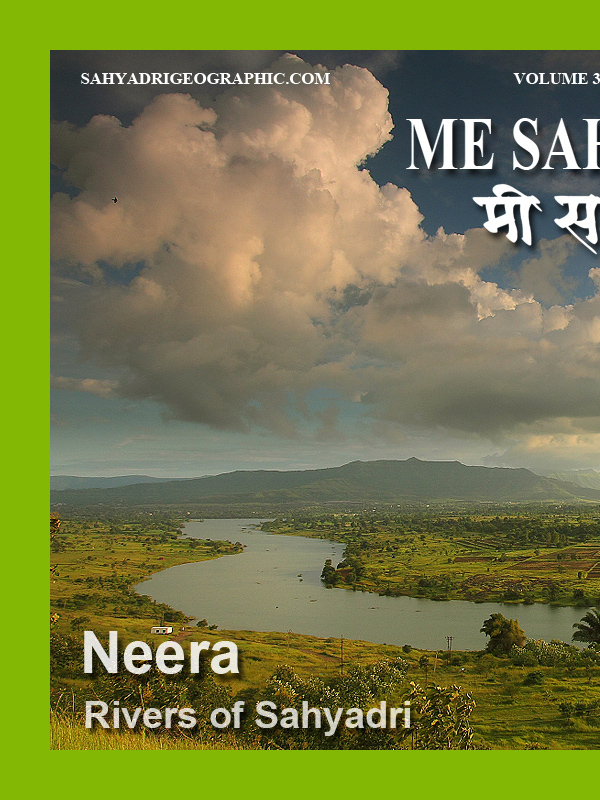 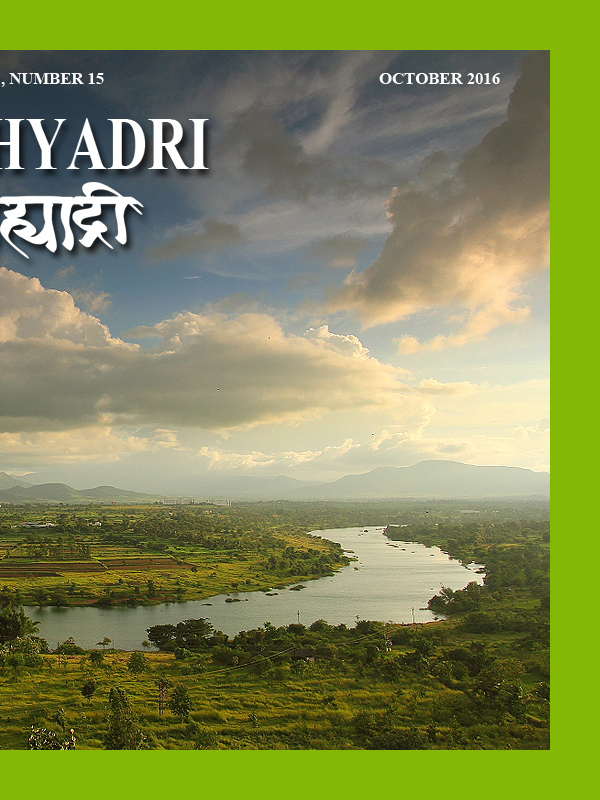
|
| |
| Me Sahyadri – October 2016
|
| |
|
|
| |
  |
| The banner has been published here to improve the awareness of the trekkers and tourists visiting the various mountain forts, mountains in north western ghats. Please avoid accidents, by following good outdoor ethics such as no swimming in cisterns at mountain forts, no rock climbing without proper technical equipment and expertise. Please do not adventure, trek with any group or individually without understanding the risks associated. The frequency of the solo trekker fatalities have increased recently. Please strictly avoid solo treks. Please also avoid treks to mountains in large commercial groups, as it leads to damage to biodiversity of these high elevation ecological islands. Please respect the wildlife and biodiversity of the region. This has become more important as the ever increasing human interference is leading to severe damage to fragile ecosystems. Please be aware of the wildlife and biodiversity of the mountains before visiting these mountains. Please follow outdoor ethics. Follow ASI and Forest department rules. The concept of use of symbols for outdoor ethics was conceived and designed by "Sahyadri Trekker Bloggers Group". |
| |
|
|
| |
 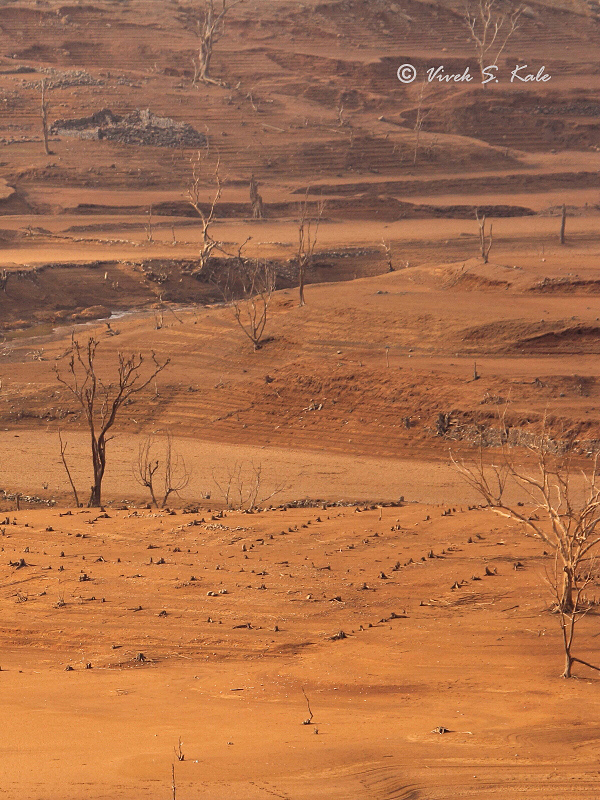 |
| Neera River( May 2016 post EL-Nino, before monsoon), Pune district, Western ghats, India |
| |
|
|
| |
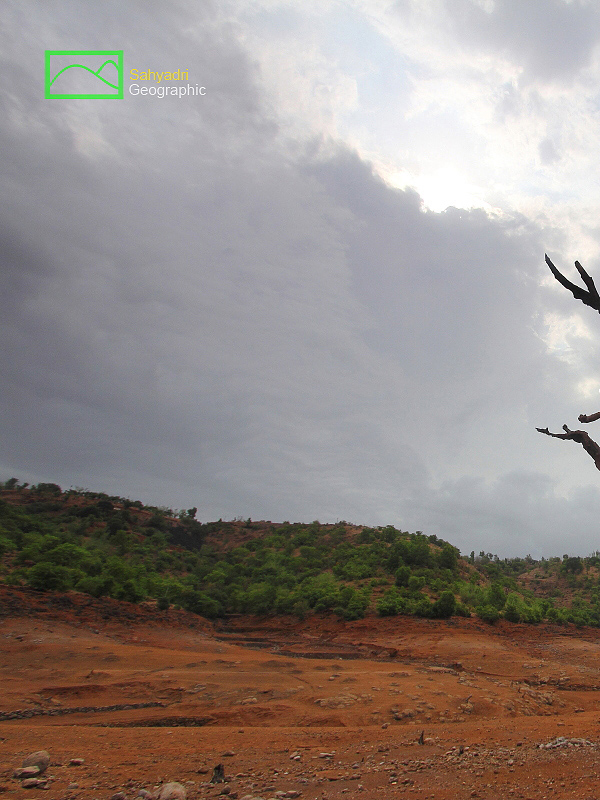 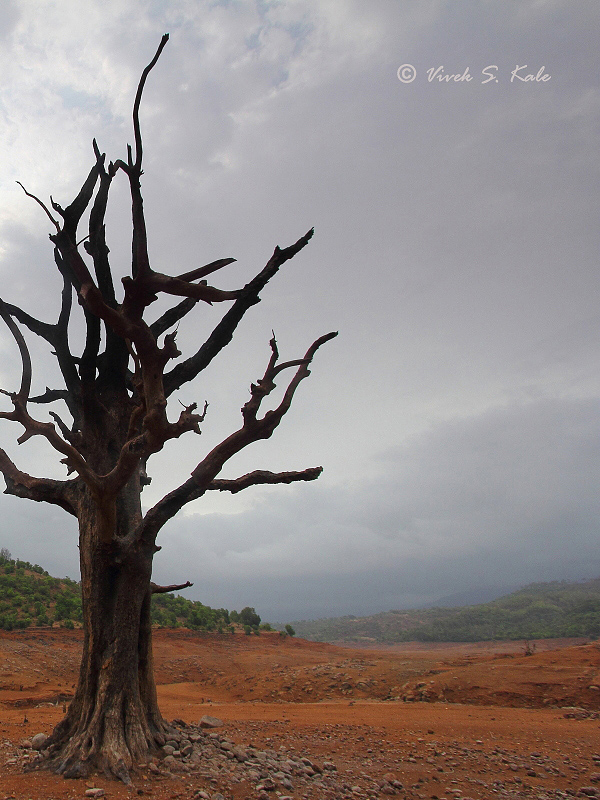 |
| Neera River ( May 2016 post EL-Nino, before monsoon),, Pune district, Western ghats, India |
| |
|
|
| |
 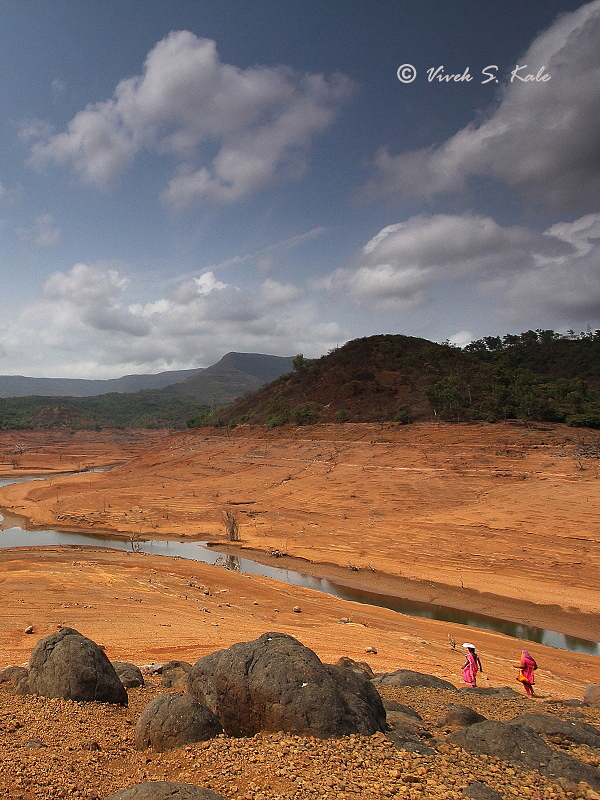 |
| Neera River ( May 2016 post EL-Nino, before monsoon),, Pune district, Western ghats, India |
| |
|
|
| |
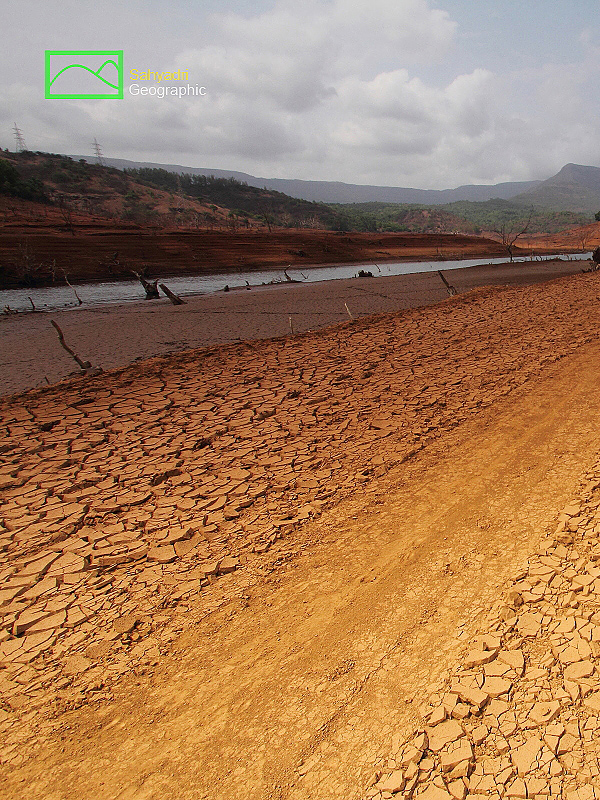  |
| Neera River ( May 2016 post EL-Nino, before monsoon),, Pune district, Western ghats, India |
| |
|
|
| |
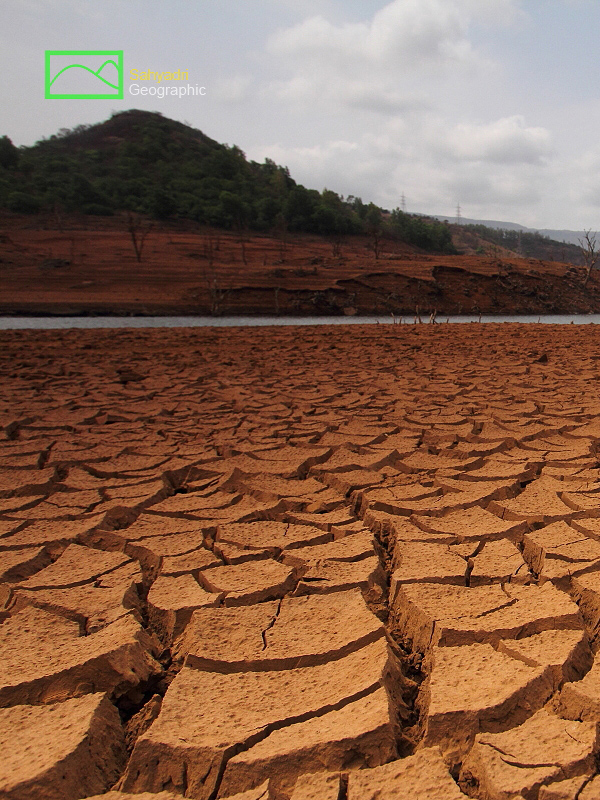 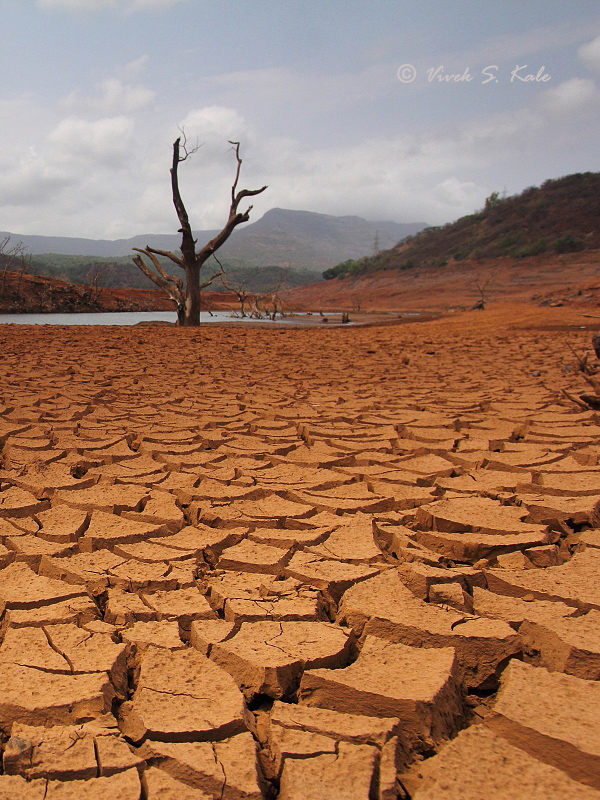 |
| Neera River, ( May 2016 post EL-Nino, before monsoon), Pune district, Western ghats, India |
| |
|
|
| |
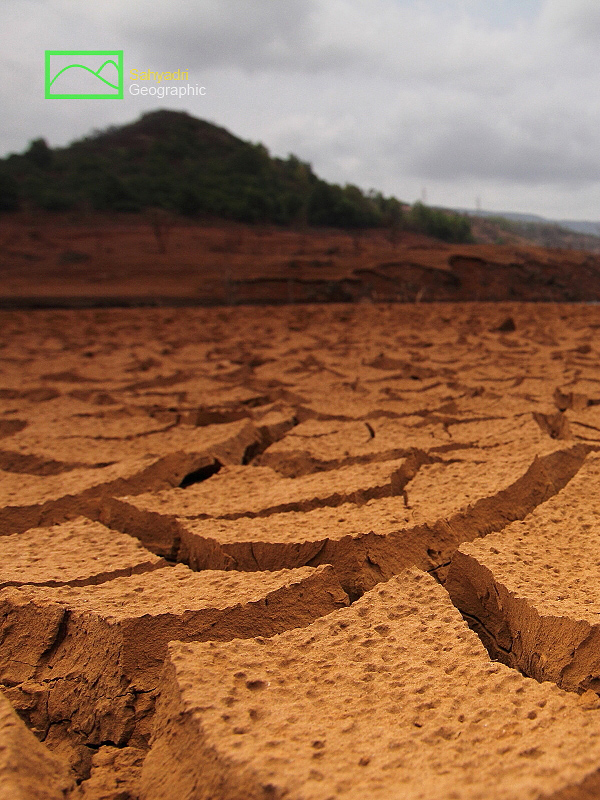  |
| Neera River, ( May 2016 post EL-Nino, before monsoon), Pune district, Western ghats, India |
| |
|
|
| |
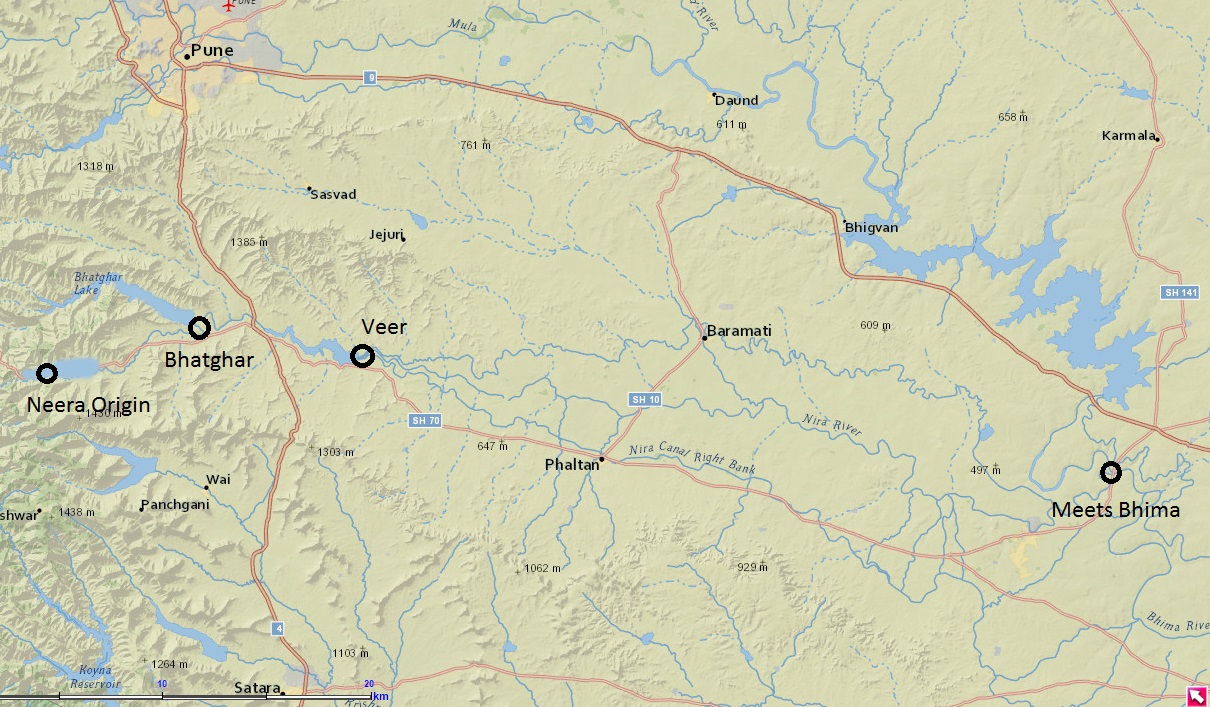
|
| |
| |
| |
|
|
निरा नदी पुणे जिल्ह्यातील एक महत्वाची नदी आहे. नदीचा उगम जिल्ह्याच्या दक्षिण पश्चिम रायरेश्वर डोंगराच्या उत्तर भागात होतो. नदी पश्चिमेकडुन पुर्वेस वाहते. भाटघरच्या पुर्वेस नदी पुणे व सातारा जिल्हाची सीमा आहे. उगमापासुन अंदाजे ७५ कि मी अंतरावर नदी सोलापुर जिल्ह्यात भीमा नदीस जाउन मिळते. येळवंडी, गुंजवणी व कऱ्हा या निरेच्या उपनदया आहेत. पर्जन्यछायेच्या शुष्क प्रदेशातुन हि नदी जात असल्याने या नदीचे महत्व अनमोल आहे. उगमाजवळ या नदीवर निरा देवघर धरण आहे. वाटेत वीर येथे उथळ धरण आहे. येळवंडीवर भाटघर, व गुंजवणीवर वेल्हे येथे धरण आहे. हिवाळ्यात या नदीवर बार हेडेड गिज सारखे स्थलांतर करुन येणारे पक्षी लडाख व मध्य आशिया खंडातुन येतात.
|
|
Nira is one of the important river which originates in the western ghat hills in south west of Pune district. The river originates in the Raireshwar hills and eventually meets Bhima river near Akluj in Solapur district. The river traverses through a highland in rain shadow region and plays important role in irrigation of the dry and arid region. The river forms the border of Pune and Satara district east of Bhor and has important water reservoirs at Neera Deoghar at origin and Veer on the way. The river has important tributaries such as Yelwandi, Gunjawani and Karha. The Yelwandi river has its own reservoir known as Bhatghar. The Gunjavani has its own reservoir at Velhe. Karha has its own reservoir near Jejuri.
The river travels from west to east for about 75 km to meet Bhima river. Large number of population depends on this river, making it one of the most worshipped rivers of the region. The river also supports the important migratory birds such as bar headed geese, from Ladakh and Central asia every winter.
|
|
|
| |
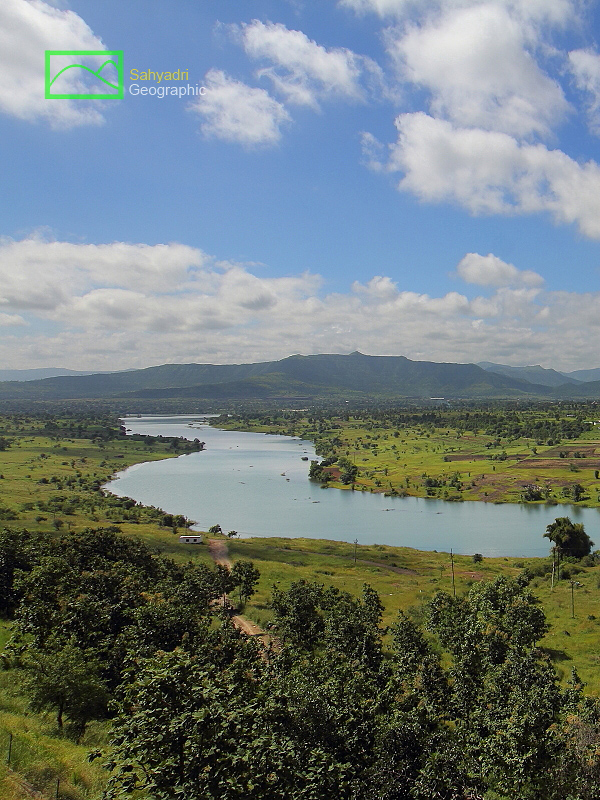 
|
| |
| Neera River, Pune district, Western ghats, India |
| |
|
|
| |
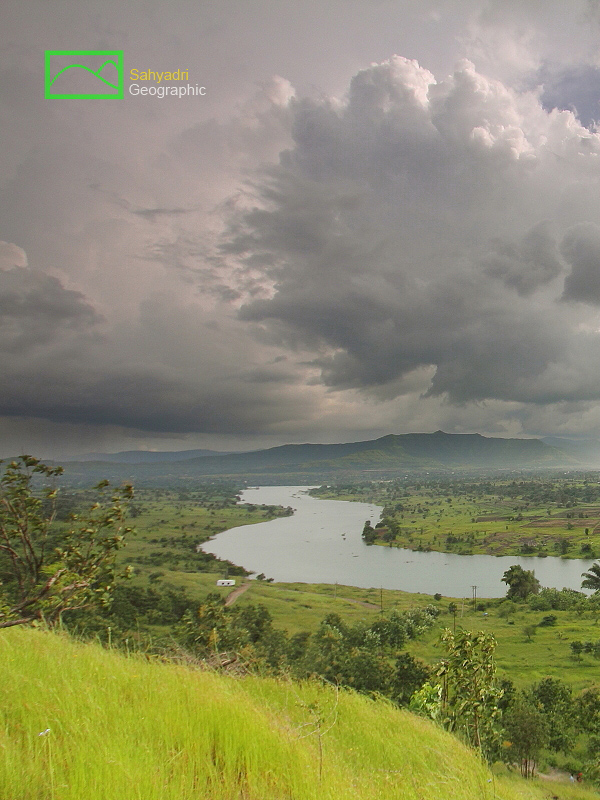 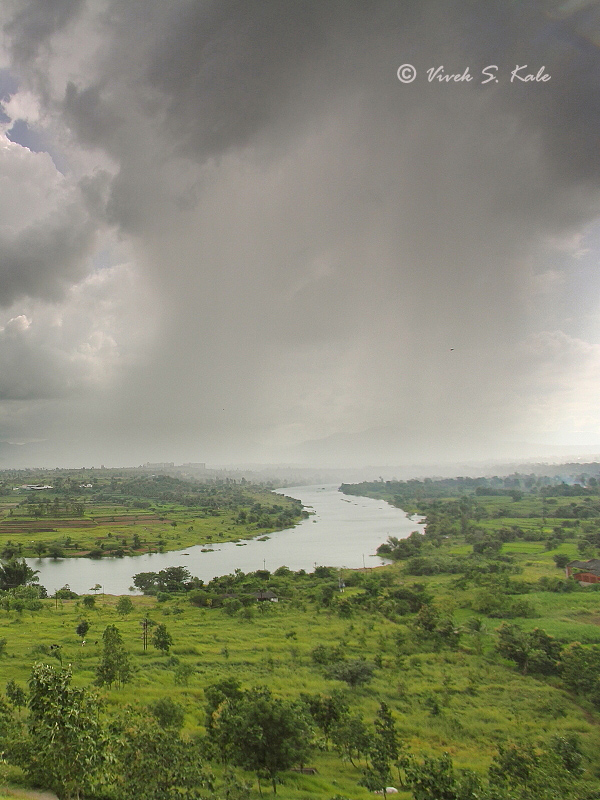
|
| |
| Neera River, Pune district, Western ghats, India |
| |
|
|
| |
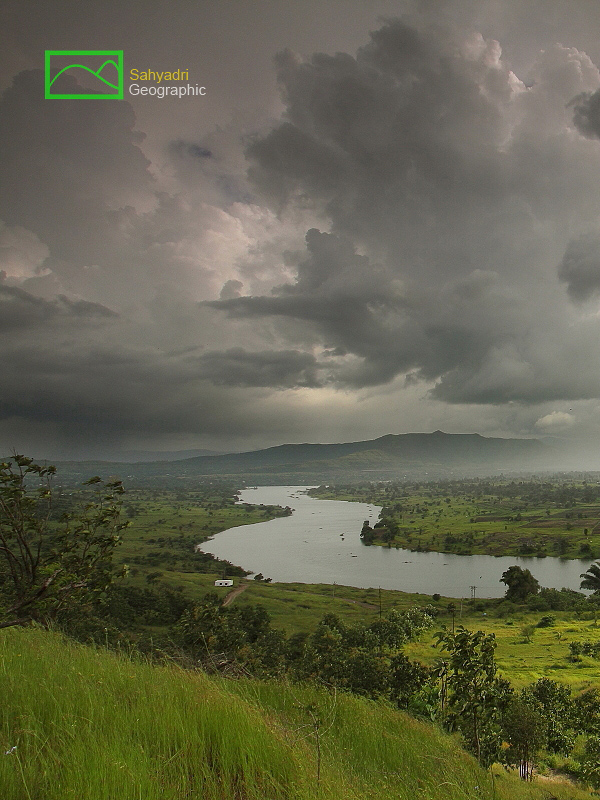 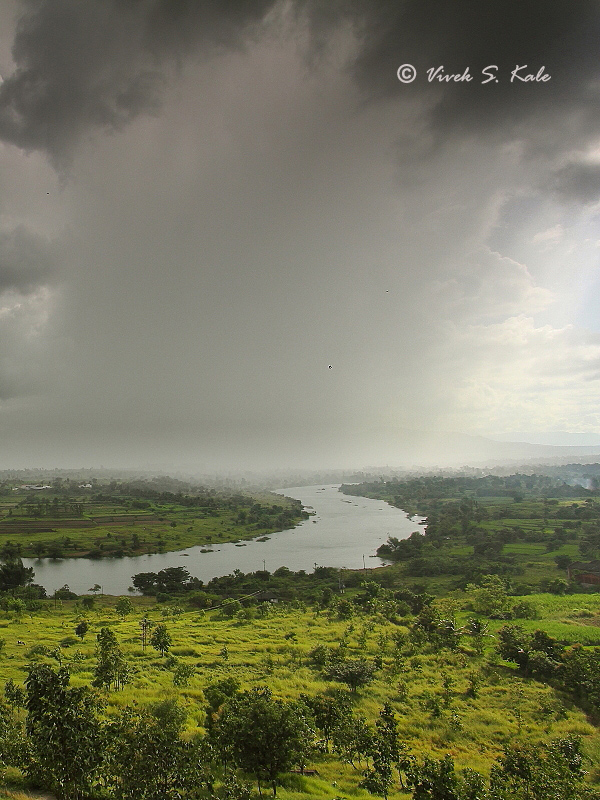
|
| |
| Neera River, Pune district, Western ghats, India |
| |
|
|
| |
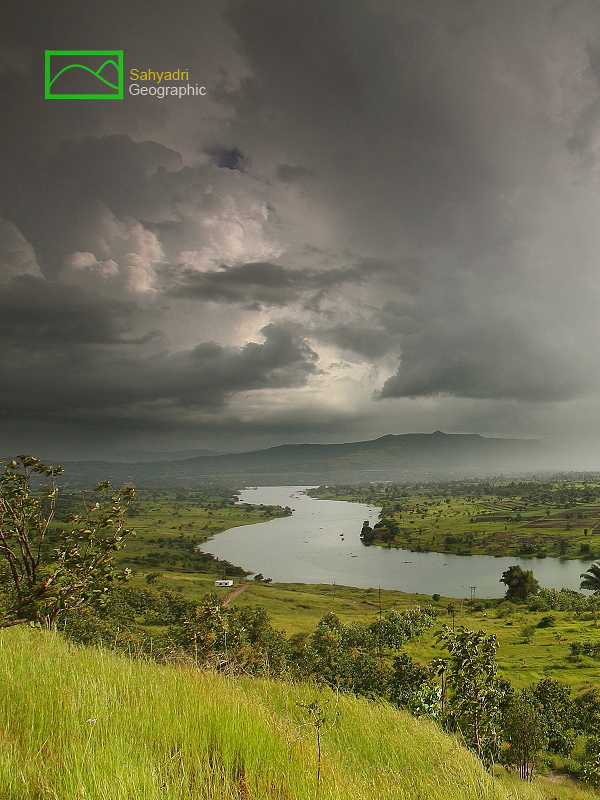 
|
| |
| Neera River, Pune district, Western ghats, India |
| |
|
|
| |
 
|
| |
| Neera River, Pune district, Western ghats, India |
| |
|
|
| |
 
|
| |
| Neera River, Pune district, Western ghats, India |
| |
|
|
| |
 
|
| |
| Neera River, Pune district, Western ghats, India |
| |
|
|
|
|
The leaf itself curls around the victim, thus ensuring a meal.
|
|
|
| |
 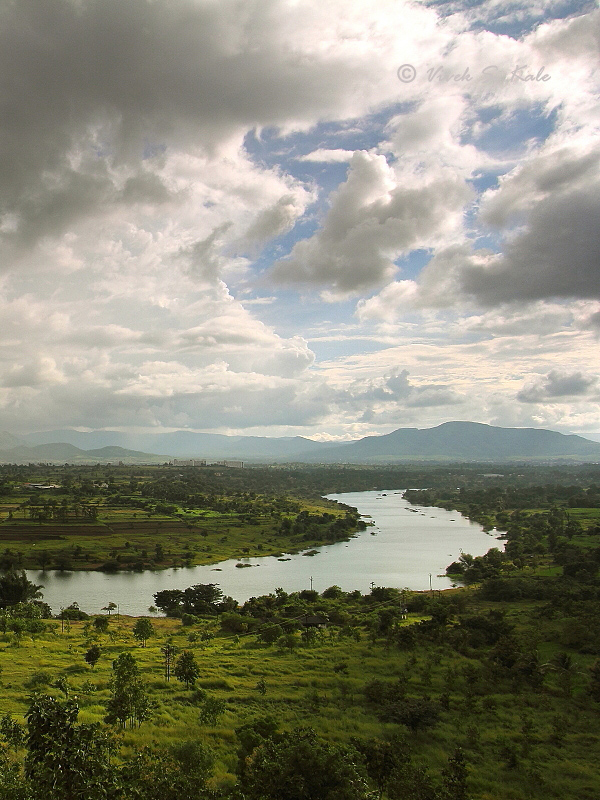
|
| |
| Neera River, Pune district, Western ghats, India |
| |
|
|
| |
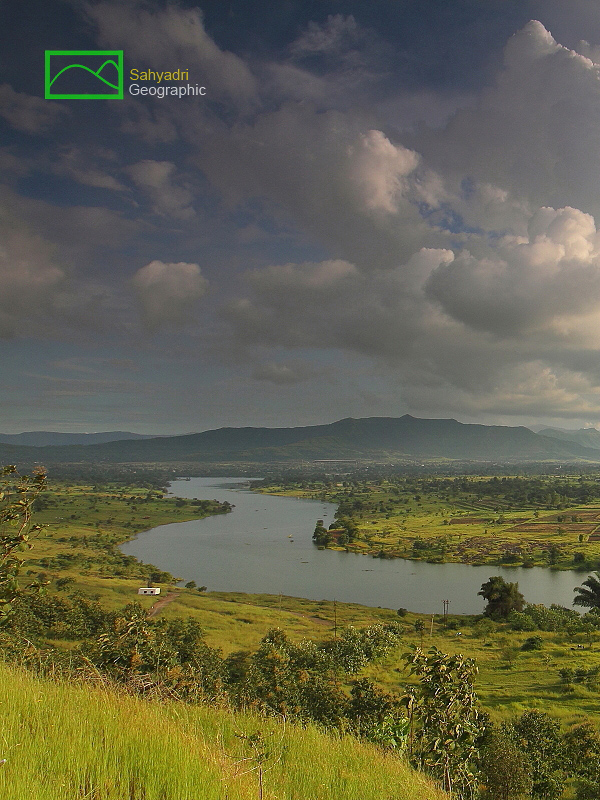 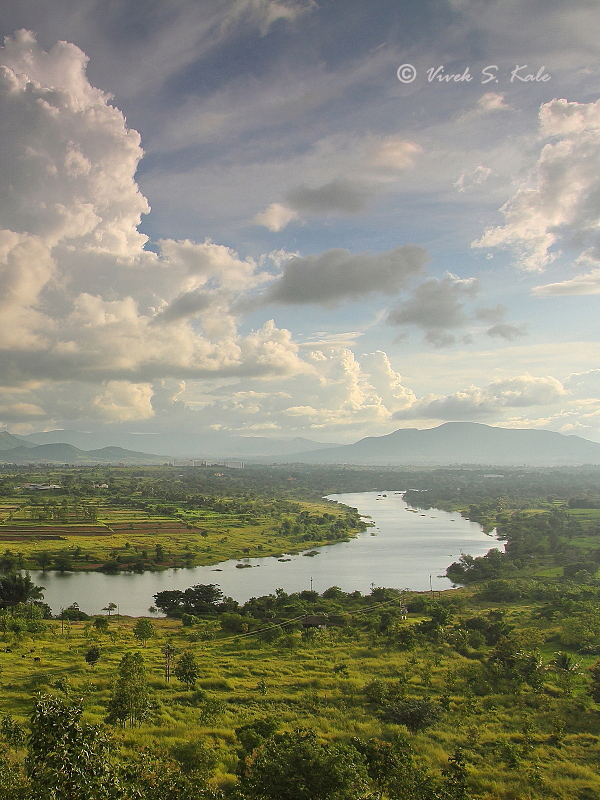
|
| |
| Neera River, Pune district, Western ghats, India |
| |
|
|
| |
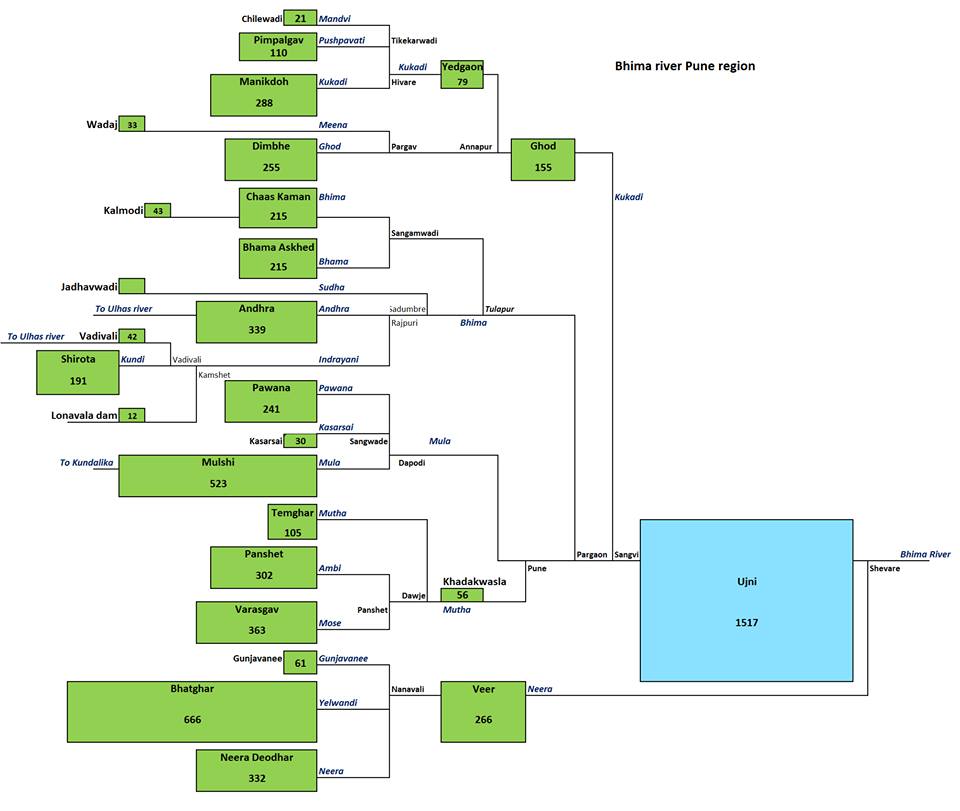
|
| |
| Bhima and its tributaries, Pune district, Western ghats, India |
| |
|
|
| |
 
|
| |
| Thank You |
| |
|
|
| |
|

































